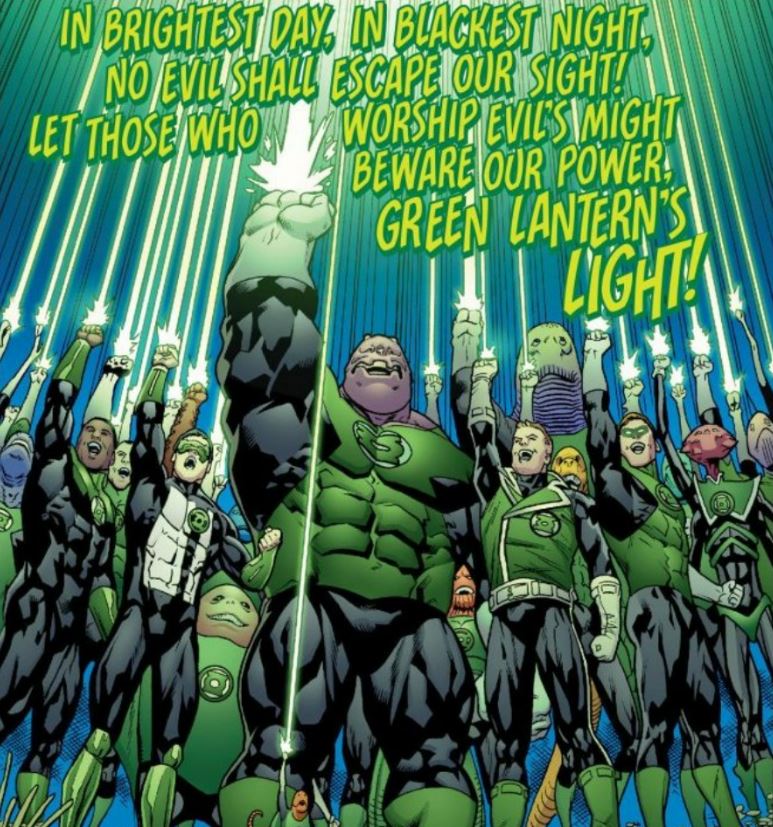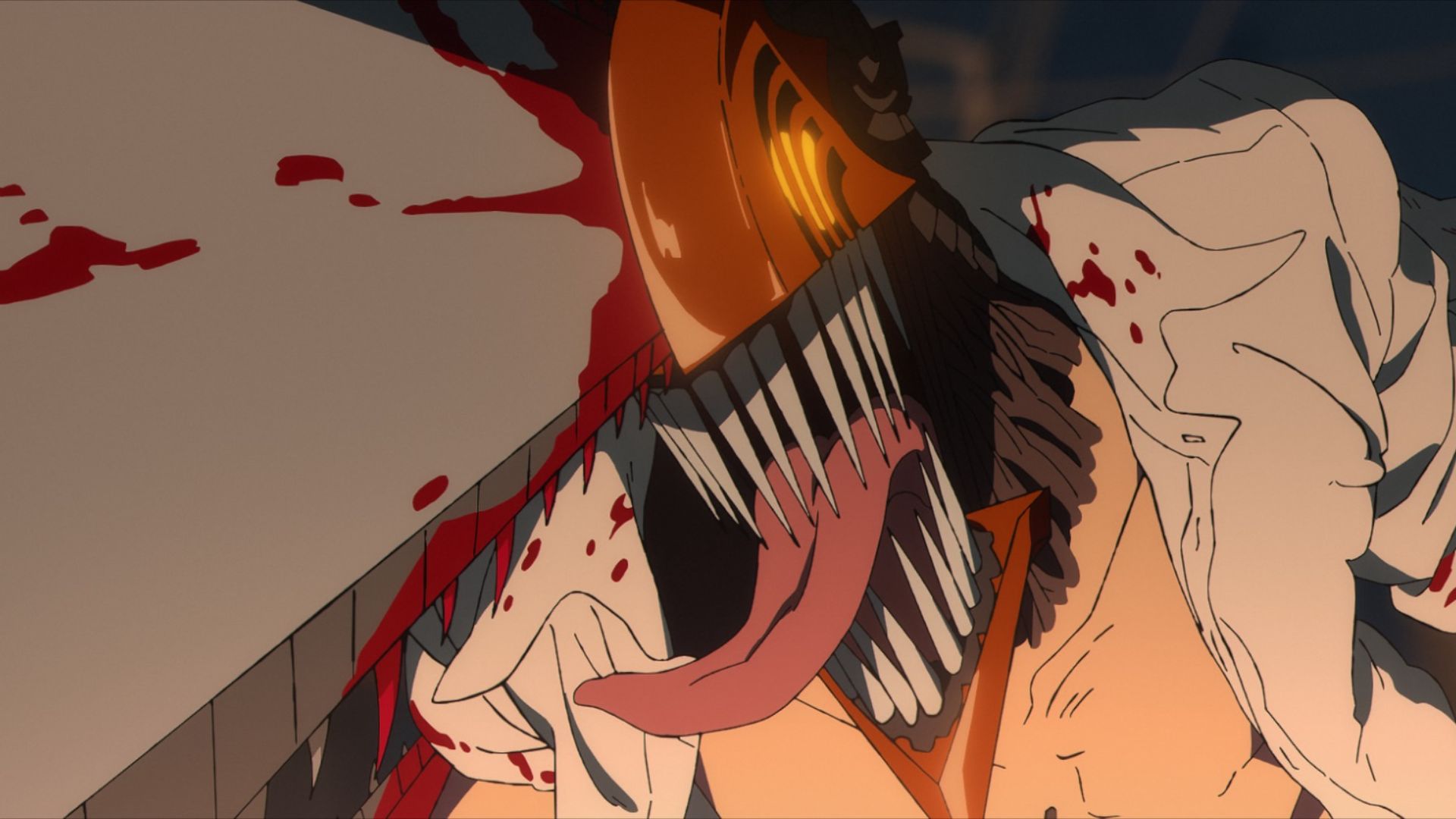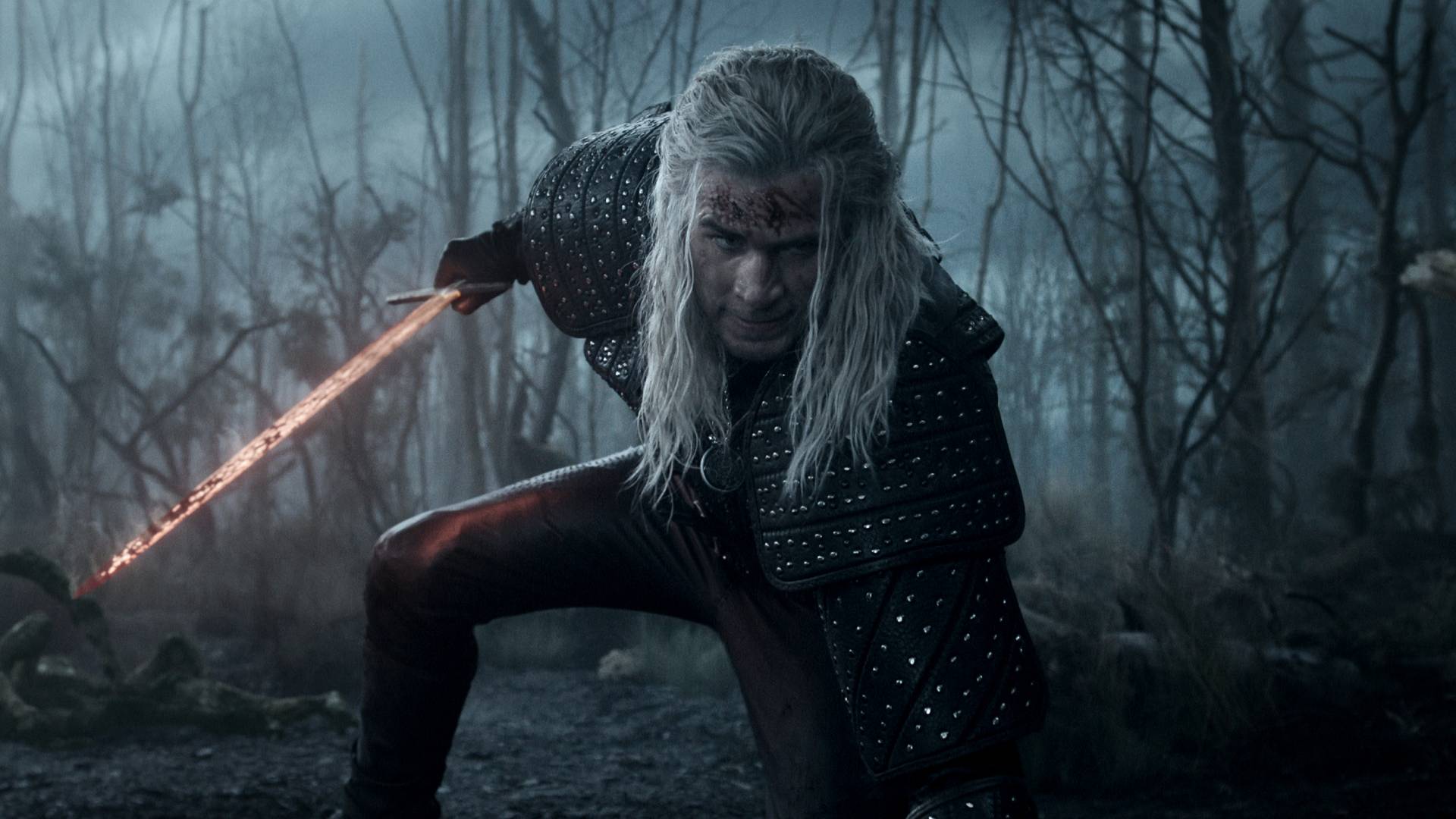DC's Green Lantern - its comic book history
How Green Lantern - "ultimate wish fulfillment" concept - became one of DC's bedrock franchises
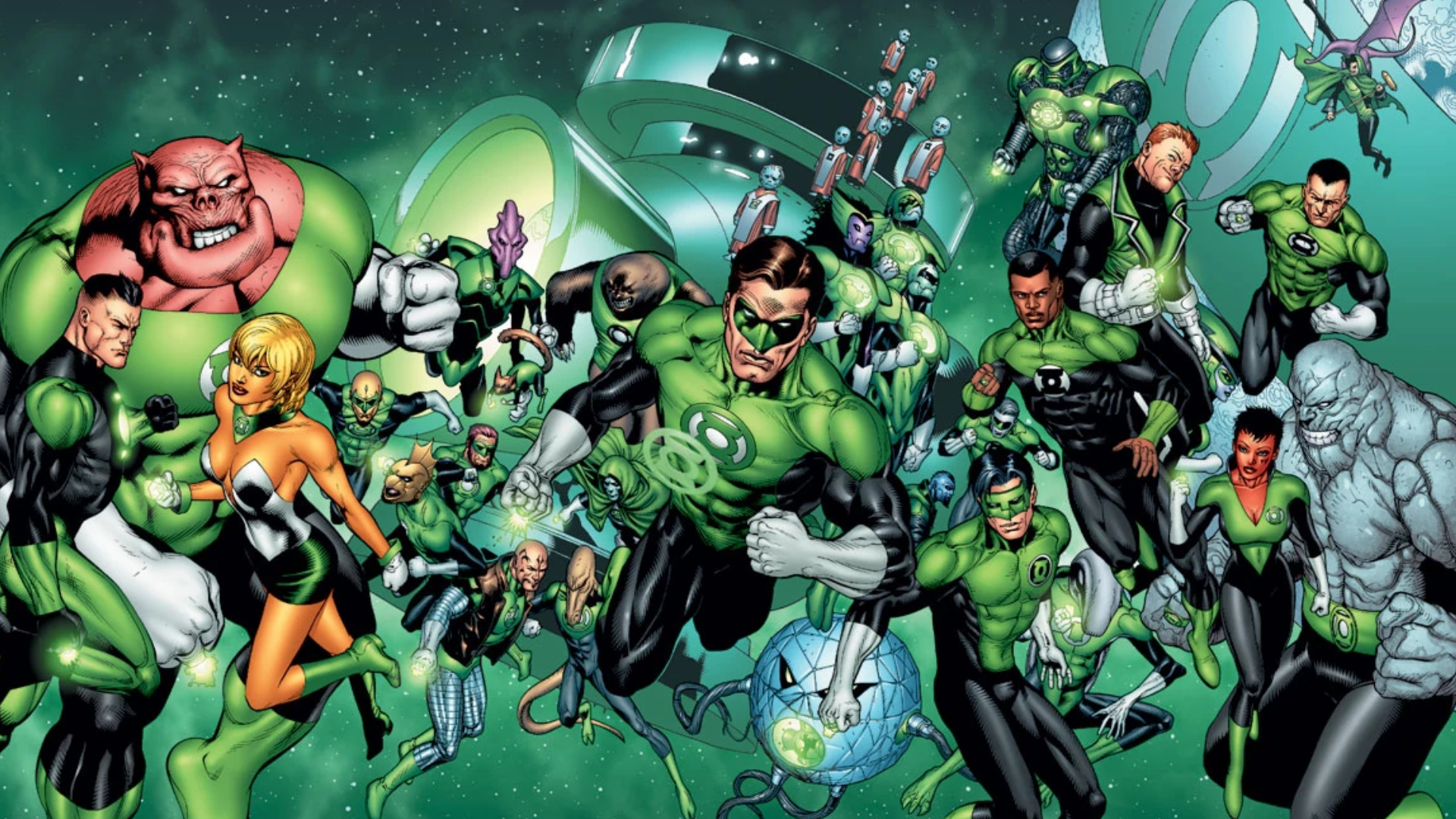
HBO Max's highly-anticipated Green Lantern series is shifting gears to focus on John Stewart, who took up the title from Hal Jordan and gained significant popularity from his role in the Justice League animated series. John is widely considered to be not only one of the best Green Lanterns but also one of the best legacy superheroes in comics.
The Green Lantern Corps - which is comprised of every active (and sometimes inactive) Green Lantern in the DC Universe - is one of its most important teams. The Corps recently banded together with Earth-0/Prime's other heroes to stop the Dark Crisis on Infinite Earths, and now we might see them on HBO Max.
Based on the idea that a green ring — accompanied by a lantern — gives its wearer amazing powers, the first Green Lantern appeared in comic books in 1940's All-American Comics #16. Since then, several heroic (and even not-so-heroic) people have donned the ring in comics, ranging from Alan Scott to Hal Jordan, John Stewart, to the most recent breakout star, Sojourner 'Jo' Mullein.
What makes the Green Lantern so unique that DC and Warner Media are always working on building a franchise around them? And why has this superhero endured as a fan-favorite character for more than 80 years? Newsarama has the answers.
The Anyone Hero

The main thing that sets Green Lantern apart, according to former Green Lantern co-executive producer Marc Guggenheim, is that they have "powers, but can be anyone — the ring can choose anybody."
"There are very few concepts that allow anyone to be the hero," says Ron Marz, a prolific comic writer who's known for his Green Lantern work. "Superman, Batman, Spider-Man — most become heroes through a specific set of circumstances that are unique to them. Only Clark Kent can be Superman, only Bruce Wayne can be Batman, only Peter Parker can be Spider-Man. But anybody can put on the ring and become a Green Lantern."
Keith Giffen, who co-wrote Hal Jordan's origin in the 1989 series Green Lantern: Emerald Dawn, also helped develop yet another ring-wearing Green Lantern named Guy Gardner in his Justice League run. Giffen says that because readers can imagine themselves wearing a ring, there's a real enticement to the concept.
Get the best comic news, insights, opinions, analysis and more!
"That ring is the ultimate wish fulfillment," Giffen explains. "It's also the ultimate weapon. He's the toughest guy on the block. Who wouldn't want to be that?
"When you think about it, the ring is like Aladdin's lamp, but without the three wish limitation. The ring has a weakness, of course, but it's like getting the ultimate prize, the ultimate gadget. It's like, 'I can have it? Yeah!'"
In fact, Martin Nodell, who created the first Green Lantern in 1940, is believed to have been inspired by the story of Aladdin's lamp. But it was a trainman's green railway lantern that gave the character his name.
Realistic weakness
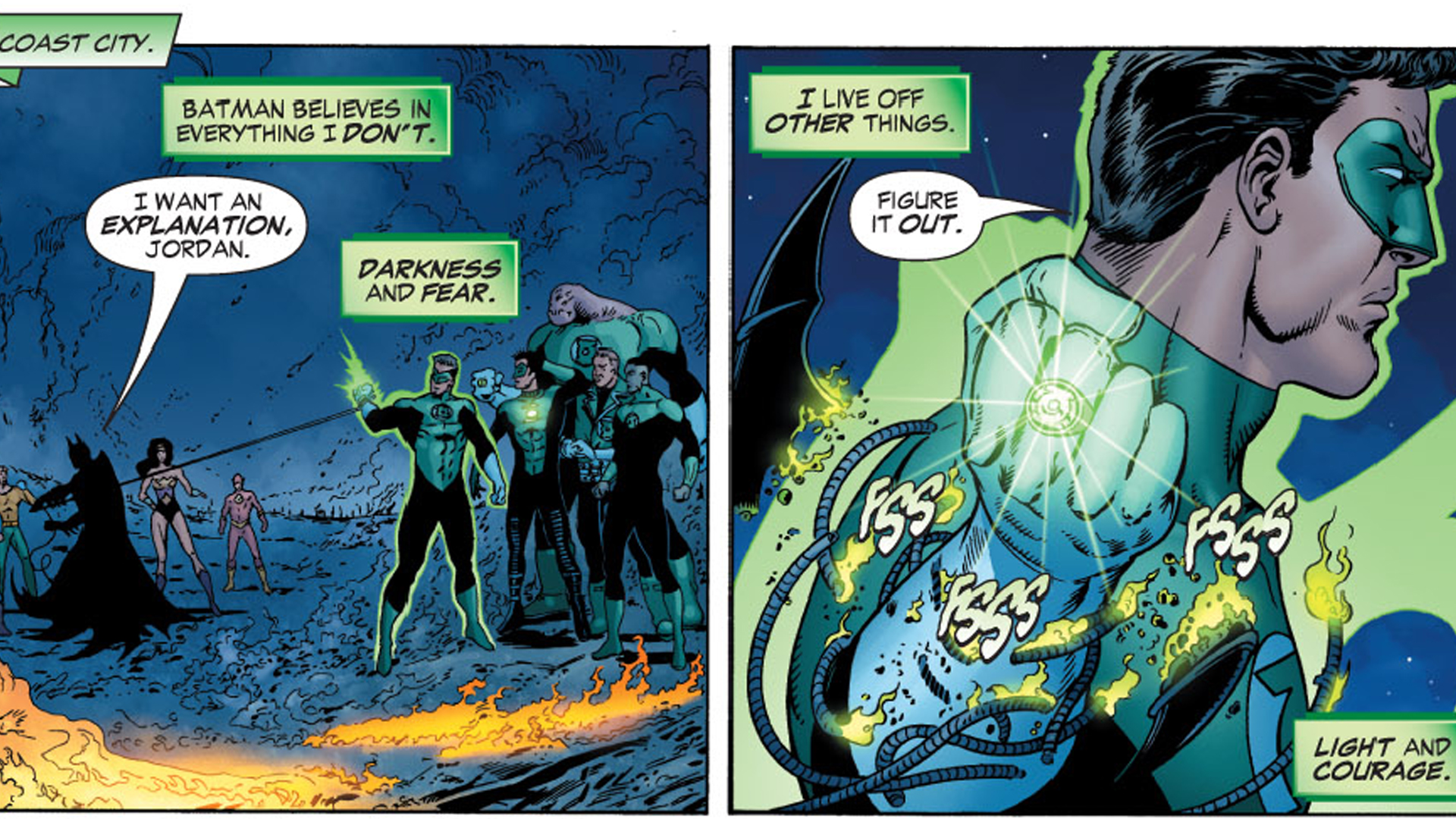
Guggenheim says another reason Green Lantern endures is that the "powers are amazing and limitless, but they're grounded in the very earthly traits of willpower and imagination."
The energy-based 'constructs' made by the ring are as innovative and unlimited as Green Lantern's own imagination — in fact, one Green Lantern in the comics named Kyle Rayner is a graphic designer and has come up with amazingly creative constructs.
But Green Lantern also has a realistic weakness that readers can understand: Fear.
When Nodell first introduced the concept of Green Lantern, the hero's weakness was wood, and in the silver age, the weakness became the color yellow.
"They were always doing stuff like that back then," Giffen says. "But as the character evolved, the color green came to represent willpower, and while willpower is the strength of the ring, it's also the weakness of the ring because you can't get rattled or afraid. Fear affects your willpower, and zap — the ring doesn't work.
"If you lose your willpower, and if you become afraid, then the powers of the ring work against you," Giffen says.
Eventually, comic and TV writer Geoff Johns, who's writing the upcoming New Golden Age event for DC, linked the original Green Lantern's weakness toward yellow and the concept of fear.
"Geoff really brought that idea of willpower and fear to the forefront of the Green Lantern comic, and that's really a big reason for what makes the whole concept of Green Lantern work," Giffen says.
Giffen says fear and a lack of willpower are things that everyone experiences, making Green Lantern's weakness different from those experienced by other superheroes: "There's a reason Superman has Kryptonite. But it takes that idea of weakness a step further when it's something as understandable and real as just having willpower to overcome obstacles."
Space opera and flexibility
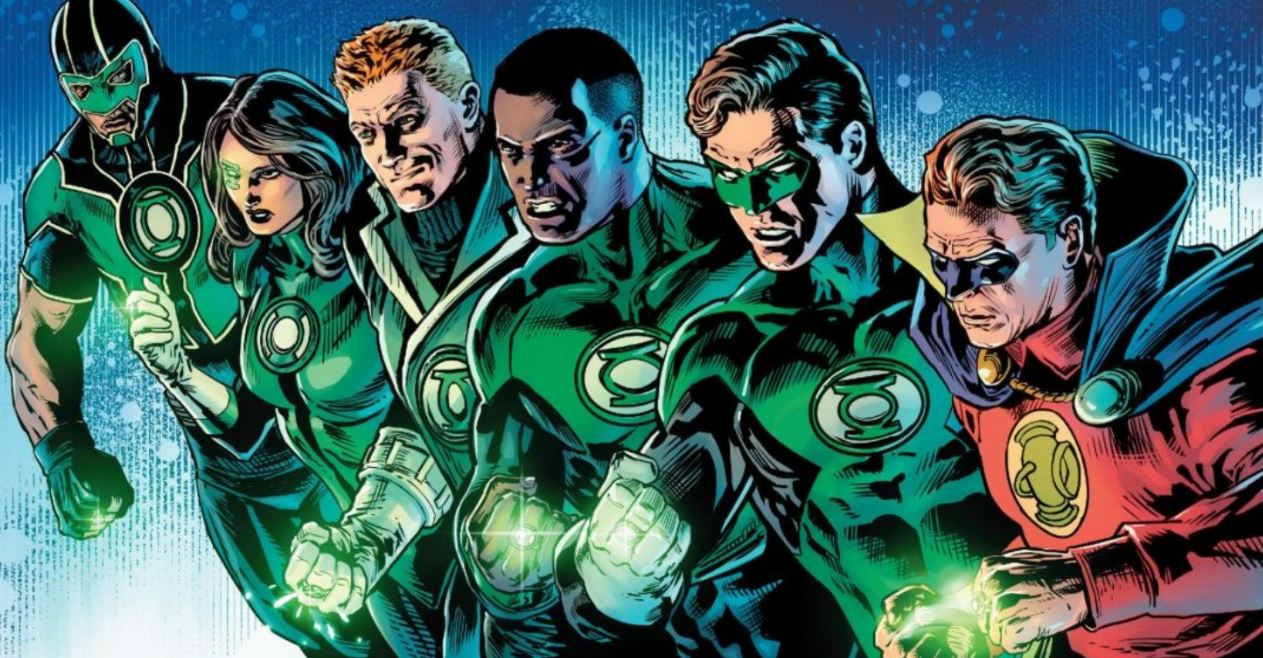
Guggenheim says the Green Lantern concept is unique because it not only shows heroic feats on Earth, but it also takes the ring-wearer into space as part of an intergalactic police force. "They are a superhero, but as a member of the Green Lantern Corps, is part of this huge space opera," he says.
"The Green Lantern mythology [is] so rich and vast," Johns tells Newsarama. "I’ve always seen it as comic books’ Star Wars. No other comic book comes close to capturing the sci-fi epic adventures that the universe of Green Lantern does."
Over the years, the Green Lantern comic has introduced hundreds of aliens who also wear rings as part of the Corps. Officers in the Corps are chosen for their ability to overcome great fear, and because they battle an unlimited number of space-based threats, Green Lantern's stories are usually very innovative and visually exciting.
"When you have a superhero who can literally do anything, that sets them apart from the rest right out of the gate," says Patrick Gleason, a comic artist/writer who worked on DC's Green Lantern Corps book. "Add in thousands of aliens and monsters who can do the same thing and you have yourself a lasting mythology."
Marz says the concept of human Green Lantern serving on both Earth and in space gives the stories a lot of possibilities, which has helped the character endure over time.
"I think there's a great flexibility to the concept," Marz says. "You can do superhero stories, you can do space opera stories, you can do stories on Earth, you can do stories set in completely alien environments. When it's also a very visual concept, which obviously plays well in a comic."
In fact, when Marz was writing Green Lantern, the comic switched from being a space-based concept to including more Earth-related stories.
"[The Corps concept] wasn't working up to expectations sales-wise at the time. Comics in general are like a pendulum —when something's not working, or more to the point, not selling, the pendulum swings in the other direction," Marz says. "So there have been times when Green Lantern has been more superhero and singular, and times when it's been more space opera and Corps-oriented. Again, it's the great flexibility of the concept."
Make sure you've read all the best Green Lantern stories comics has to offer.
Vaneta has been a freelance writer for Newsarama for over 17 years, covering Marvel and DC, and everything in between. She also works in marketing.
- Samantha PucEditor, Newsarama


